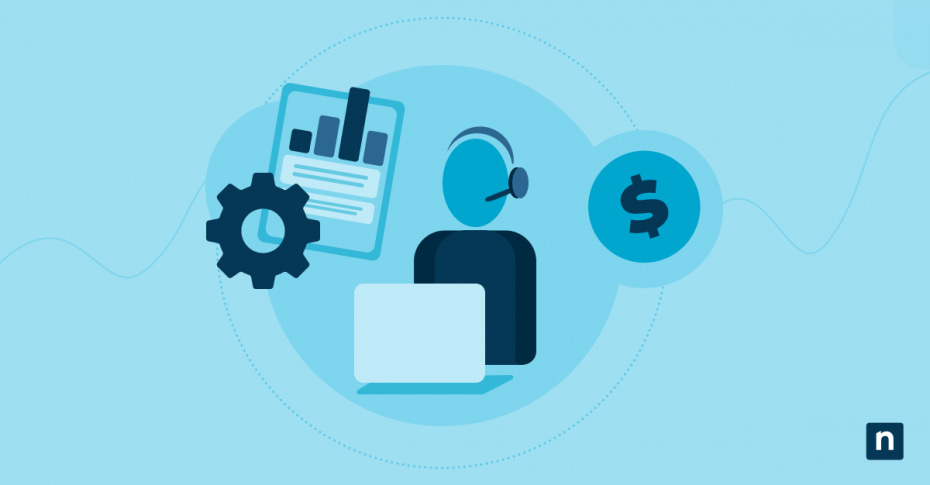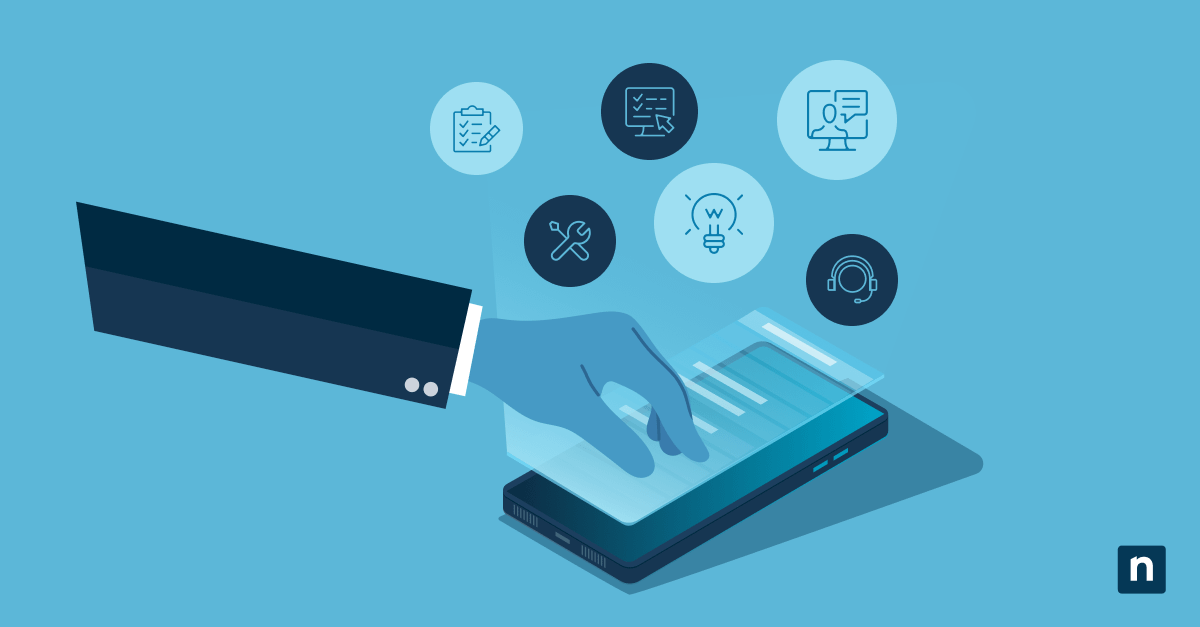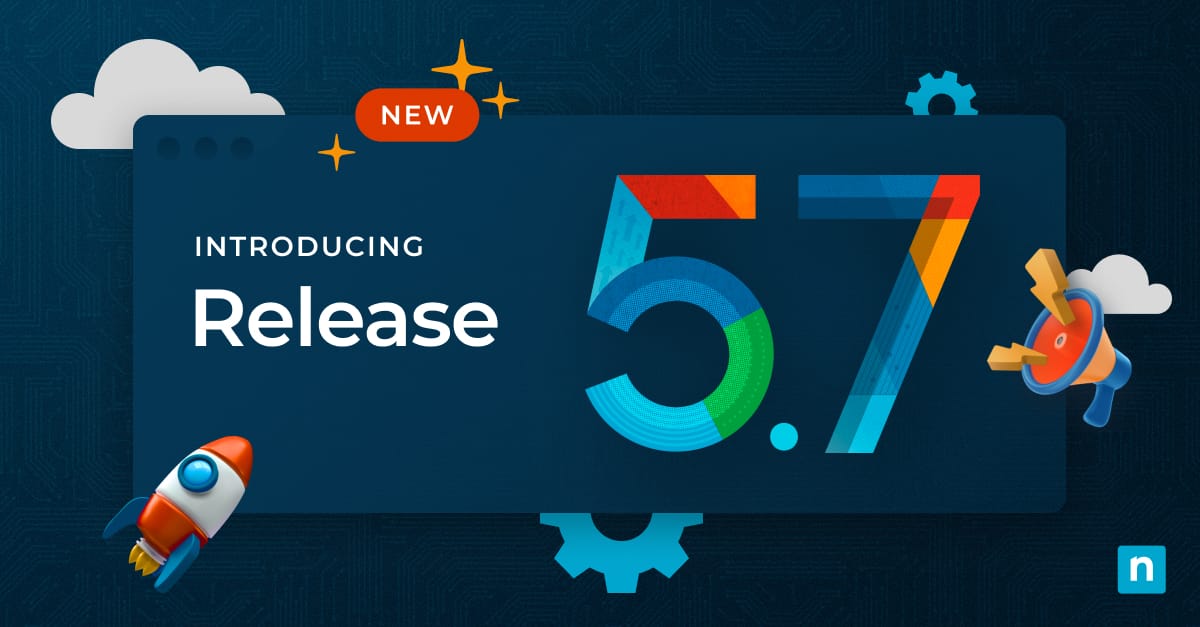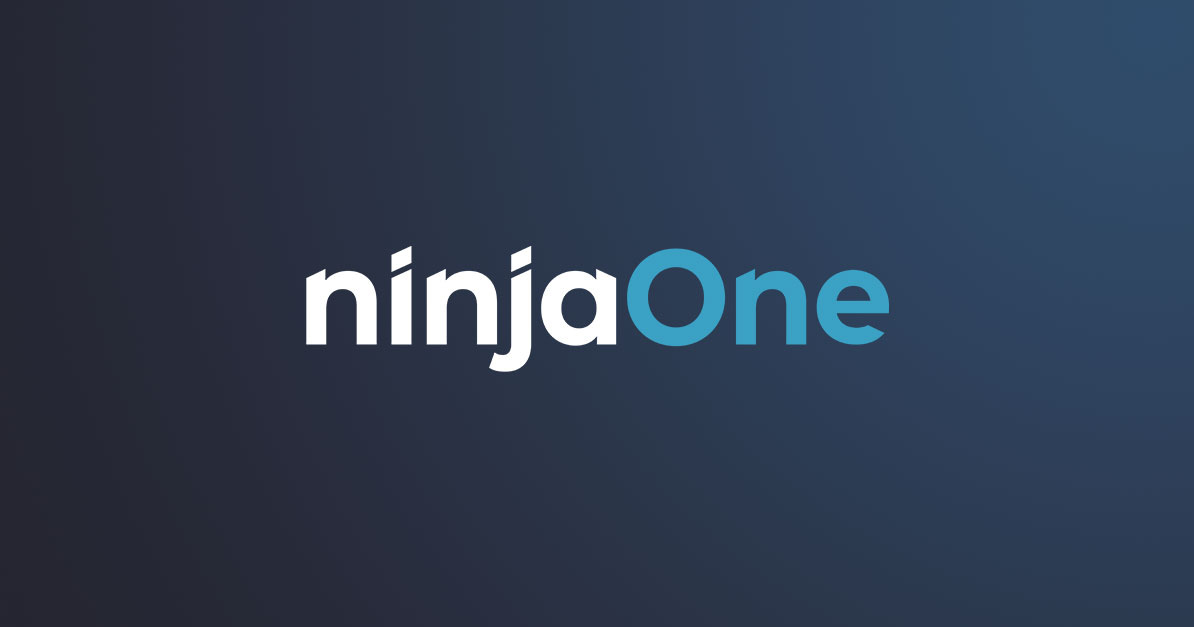The cornerstone of any IT department is the strength of its help desk. When your end users have to jump through hoops to resolve their issue or wait an eternity to receive a reply, it doesn’t create a positive experience and could ultimately lead to unhappy employees, poor ratings, or lost sales. It is essential that you have a robust IT help desk system that can seamlessly categorize, prioritize, and assign each ticket to a different technician in just minutes.
Finding the right cost-effective tool for your specific needs requires you to know the different factors that contribute to help desk pricing. Keep in mind that not all vendors offer the same features or functions and may include hidden costs to their initial price.
This IT help desk pricing guide discusses the different factors affecting help desk software costs to help you make a more informed decision.
Understanding IT help desk pricing models
Your IT help desk software needs to be reliable and allow you to proactively monitor and resolve issues as they arise. It also needs to be cost-effective and match your business requirements. Achieving that balance is often reliant on how your software is priced.
It’s important to note that some businesses may outsource their IT help desk and IT services to a managed service provider to reduce costs while maintaining high productivity. On the other hand, large enterprises may need a dedicated, in-house IT help desk to meet all their IT service needs.
Regardless of what kind of IT support your organization needs, keep in mind that there are multiple IT help desk software pricing models to choose from.
Per-ticket pricing
With this model, you pay for every IT ticket that is generated. Essentially, this pricing model allows you to pay for only what you need and can be an option if your IT help desk needs are light.
The drawback, however, is that it may encourage users to turn to other sources (usually free) to solve their IT problems. This way, they can “save” money until they absolutely need professional help – by which time their issues have grown to be incredibly serious.
Per-agent/per-user pricing
This pricing model charges you a flat rate per help desk agent. This dedicated agent addresses and resolves all IT tickets in your organization.
While a paid agent may offer the “human” touch you need, it is also highly expensive. There is also a risk of human error, especially if you require your IT help desk to operate 24/7.
Flat-rate pricing
Flat-rate pricing gives a single, fixed fee for all the features available within a solution. This option may be recommended for businesses that have a steady number of IT tickets with the same level of severity and prioritization. There is no confusion with this model, as you know exactly what you are getting.
Per-device pricing
Per-device pricing bills you a flat fee for each device the software is installed on. It is one of the more popular pricing models because of its flexibility and cost-effectiveness. This option allows you to easily add, remove, or change devices as your business evolves.
Some vendors, such as NinjaOne, even offer further customization options so that your organization only pays for the tools it needs.
3 factors influencing IT help desk pricing
1. Number of users, tickets, or devices
This is particularly important to know if you are considering a per-user or per-ticket pricing model. When determining the number, it’s a good idea to overestimate first and edit later rather than needing to revise the entire budget after you’ve already integrated your software.
2. Integration with existing systems and infrastructure
IT help desk tools are often part of a larger enterprise IT management system. This is so that there is easier integration and faster learning of all the tools. Remember that the goal of your IT help desk is to help you resolve and manage IT tickets much more efficiently. You can achieve this faster with an integrated system.
That being said, if you’re looking solely for an IT help desk software solution, ask your vendor about their integration capabilities and any additional fees that may apply.
NinjaOne provides endpoint visibility and control to improve your help desk operations.
3. Customization and additional services
The best IT help desk software offers a fully customizable experience that allows you to easily manage IT tickets and maximize resolution times. But you may also need additional functionalities, such as endpoint visibility or automation. Assess your business requirements and determine which features will help you leverage automation and improve your help desk operations.
Evaluating IT help desk software providers
Choosing the wrong IT help desk vendor and their corresponding “solution” can cause more problems than it solves. To make the most informed decision, here are some best practices to consider:
- Determine your desired outcomes and business requirements
- Think long-term rather than merely looking at upfront fees
- Conduct a vendor assessment
- Talk to multiple vendors
- Compare vendors
Importance of service level agreements (SLAs)
Most importantly, look for reputable vendors. Vendor reputation is sometimes disregarded because it doesn’t add to the overall “product,” but it can affect how well your help desk operates in your IT environment. Working with a reputable vendor gives you important insights into how well they follow their SLAs. Before signing any agreement, carefully review the terms and conditions, including the roles and responsibilities of the solution provider.
Budgeting for IT help desk services
First, assess your organizational needs and usage patterns. Once you’ve established what your IT help desk requires, work within those needs and base your IT budget from there.
Keep in mind that all vendors have different solutions, so read the fine print and don’t overlook ongoing maintenance fees. One of the biggest mistakes you can make is not to consider the total cost of ownership and only look at the initial upfront cost.
Lastly, consider using an ROI calculator to determine how your IT department can make the most of its help desk.
Easily identify, analyze, and remediate IT tickets with IT help desk software
Set your business up for success with the right ticketing environment. Given the ever-evolving business and IT landscape, it’s crucial that you find a tool that allows your technicians to work more efficiently.
NinjaOne’s unified approach to IT service management enables IT teams to efficiently manage their IT environments. Our IT help desk software solution also gives IT teams the tools to improve service delivery outcomes. Schedule a free trial or watch a demo today.







